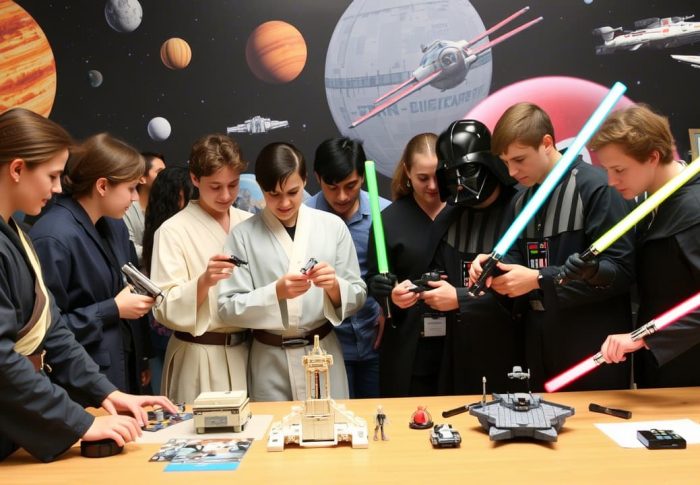
Adapting to New Norms: The Synergy Between Distance Learning and Integrated Pest Management
Distance learning has taken the world by storm, transforming traditional educational paradigms and creating new opportunities for learning from anywhere, anytime. With this shift in learning modes, the need for physical presence in educational institutions has diminished, affecting various aspects of institutional operations and maintenance, including pest control.
The reduced usage of educational facilities due to distance learning coincides with the increasing adoption of Integrated Pest Management (IPM) approaches within pest control. IPM is an effective and environmentally sensitive approach to pest control that utilizes a combination of common-sense practices. IPM programs use current, comprehensive information on the life cycles of pests and their interaction with the environment to manage pest damage by the most economical means and with the least possible hazard to people, property, and the environment.
As distance learning becomes more common, the synergy between distance learning and IPM is evident in several ways:
1. **Reduced Attraction of Pests**: With fewer students and staff on campus, there’s a significant reduction in the amount of waste generated, particularly food waste, which is a primary attractant for many pests. IPM approaches can be more effective as a result, as they emphasize preventive measures such as proper sanitation and waste management.
2. **Preventive Pest Management**: Distance learning allows for greater flexibility in scheduling pest management interventions. With less foot traffic on campuses, pest control professionals can perform preventive maintenance, such as sealing potential entry points, removing potential food and water sources, and applying treatments at optimal times without disrupting classes.
3. **Monitoring and Identification**: Reduced campus occupancy enables pest control professionals to conduct thorough inspections and monitoring of facilities without interference. IPM approaches prioritize proper pest identification and monitoring to determine the most appropriate control measures. The quiet environment of a less-occupied campus allows for accurate assessments and targeted interventions.
4. **Minimized Chemical Use**: One of the principles of IPM is to minimize the use of chemical pesticides. The decreased presence of students and staff on campuses due to distance learning can reduce the pressure to resort to quick, broad-spectrum chemical treatments. Instead, pest control professionals can focus on targeted, localized treatments that align with IPM principles, such as using baits, traps, and other non-chemical methods.
5. **Education and Awareness**: The digital nature of distance learning provides an opportunity to raise awareness about IPM among students, staff, and the wider community. Online platforms can host webinars, workshops, and informational resources to educate people about the benefits of IPM and encourage its adoption beyond educational institutions.
6. **Environmental Impact**: The synergy between distance learning and IPM also extends to environmental conservation. With fewer people commuting to campuses, there’s a reduction in carbon emissions and pollution. Moreover, the minimized use of chemical pesticides in IPM contributes to healthier ecosystems by reducing the risk of chemical runoff and harm to non-target organisms.
However, the synergy between distance learning and IPM is not without its challenges. Prolonged periods of low occupancy can lead to unnoticed pest infestations, as regular monitoring by staff and students is absent. In such cases, it is crucial for pest control professionals to maintain regular inspections and monitoring, even in less-occupied facilities.
The emergence of distance learning has prompted a reevaluation of many facets of institutional management, including pest control. The alignment between distance learning and IPM principles presents an opportunity for educational institutions to embrace environmentally friendly and sustainable pest management practices. By leveraging the benefits of distance learning and IPM, institutions can create healthier, pest-free environments that are conducive to learning, whether in-person or online.
In conclusion, the synergy between distance learning and IPM holds promise for a more holistic approach to pest management. While there may be challenges to navigate, the opportunities for sustainable and effective pest control are significant. As distance learning continues to shape the educational landscape, the adoption of IPM principles will undoubtedly contribute to healthier and more sustainable learning environments.






